Description
Opium poppy or Ahiphena is a member of the Papaveraceae family. It is native of south east of Europe and Asia. It is cultivated all over the world and there is not any wild type of this species. It is widely grown as an ornamental flower throughout Europe, North America, South America, and Asia. Poppy seeds are an important food item and the source of poppy seed oil, healthy edible oil that has many uses. The most important application of papaver alkaloids is due to their analgesic properties. Use of opium poppy (Papaver somniferum L.) as a medicinal plant has been described in the ancient literature of Indian system of medicine (Ayurveda). Primarily, purified opium (dried latex from the plant capsule) is described to be the major therapeutic (for treating dysentary, diarrohea, spasms, pain etc.) component.
Ayurvedic Perspective
According to Ayurveda, Purified opium has been used to balance Vata and Kapha, Doshas and enhance Pitta Dosha. Although it is well known that opium contains analgesic (morphine, codeine, thebaine) as well as other therapeutic (sanguinarine, papaverine etc.) alkaloids, the exact molecular basis for all its properties described in Ayurveda is yet to be elucidated. This is one of the required needs for Ayurveda-guided future pharmacological research on opium.
Active Ingredients of Ahiphena, Opium
The most important constituents of opium are the alkaloids, whichconstitute in good opium about one-fifth of the weight of the drug. No fewer than twenty-one have been reported.
The principal alkaloid, both as regards its medicinal importance, and the quantity in which it exists, is Morphine. Next to this, Narcotine and Codeine are of secondary importance. Among the numerous remaining alkaloids, amounting in all to about 1 per cent of the drug, are Thebaine, Narceine, Papaverine, Codamine and Rhoeadine.
Meconic acid exists to the extent of about 5 per cent combined with morphine. This acid is easily identified, and is important in toxicological investigation, as corroborative of the presence of opium.Meconin and meconiasin exist in small quantity only. Mucilage, sugar, wax, caoutchouc and salts of calcium, and magnesiumare also contained in opium, and sulphuric acid is found in the ash. The presence of starch, tannin, oxalic acid and fat, common constituents of most plants, indicates adulteration, as these substances do not occur normally in the drug. Powdered poppy capsules stones, small shot, pieces of lead, gum, grape must, sugary fruits, and other mechanical impurities, have also been used as adulterants of opium. The drug should not contain more than 12 1/2 per cent of moisture.
Classification of Ahiphena, Opium
- Kingdom : Plantae
- Phylum : Spermatophyta
- Subphylum : Angiospermae
- Class : Dicotyledonae
- Order : Papaverales
- Family : Papaveraceae
- Genus : Papaver
- Species : Papaver somniferum
Habitat of Ahiphena, Opium
The Opium Poppy (Papaver somniferum, var. album) is indigenous to Asia Minor, and is cultivated largely in European and Asiatic Turkey, Persia, India and China for the production of Opium.
It has been observed growing on the cliffs between Folkestone and Dover.
Practical Uses Of Ahiphena, Opium
Ahiphena is helpful in the following health conditions:
- Severe Diarrhea or watery stools.
- Cholera (to reduce the frequency of loose stools).
- Abdominal Pain and cramps.
- Gastroenteritis.
- Dysentery.
Parts Used
- Seeds
- Seed oil
- Unripe capsules
- Flowers and exudate from fruit.
Effect on Doshas
The main action of Ahiphena is observed on Kapha Dosha. It can increase Vata Dosha and Pitta Dosha. Therefore, people with aggravated Vata and Pitta should not use it.
Contraindications
Ahiphena should not be taken in following cases:
- Pregnancy and Breastfeeding.
- Constipation.
Ayurvedic Properties of Ahiphena
| Hindi | Sanskrit | English | |
| Rasa | Kashaya | Taste | Tikta, Kashaya |
| Veerya | Sheet | Potency | Ushna |
| Vipaka | Katu | Post-digestive effect | Katu/Pungent |
| Guna | Laghu | Characteristics | Laghu, Ruksha, Suksma, Vyavayi, Vikashi |
| Prabhav | paripanam | Impact | Laghu, Ruksha, Suksma, Vyavayi, Vikashi |
Side effects of Ahiphena
Ahiphena can cause some side effects if unwisely used. These side effects include:
- Constipation (common).
- Difficulty having a bowel movement (common).
- Nausea (rare).
- Vomiting (very rare).


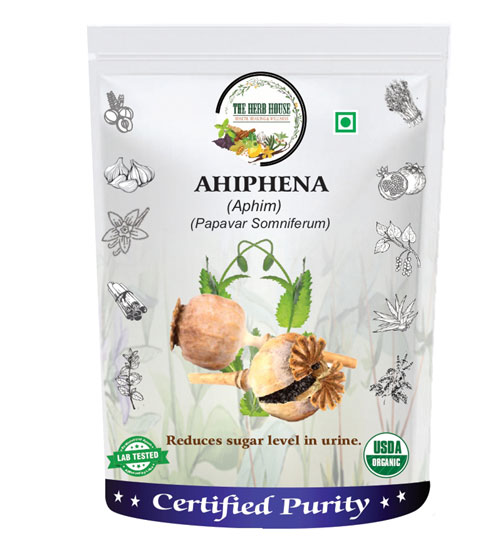
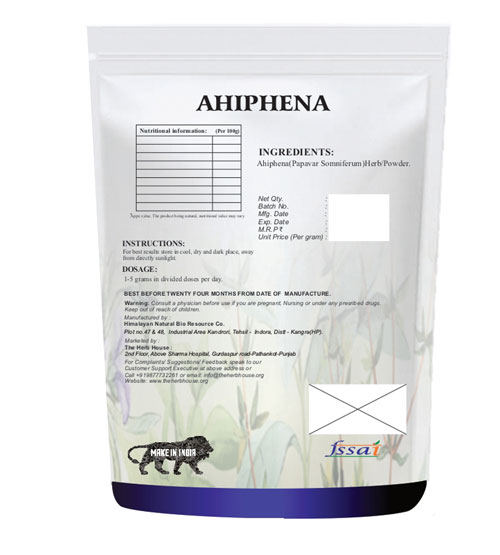
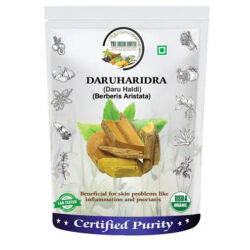
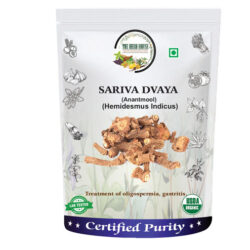

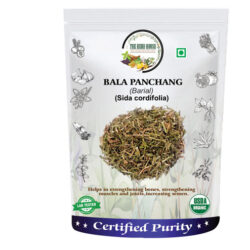
Reviews
There are no reviews yet.